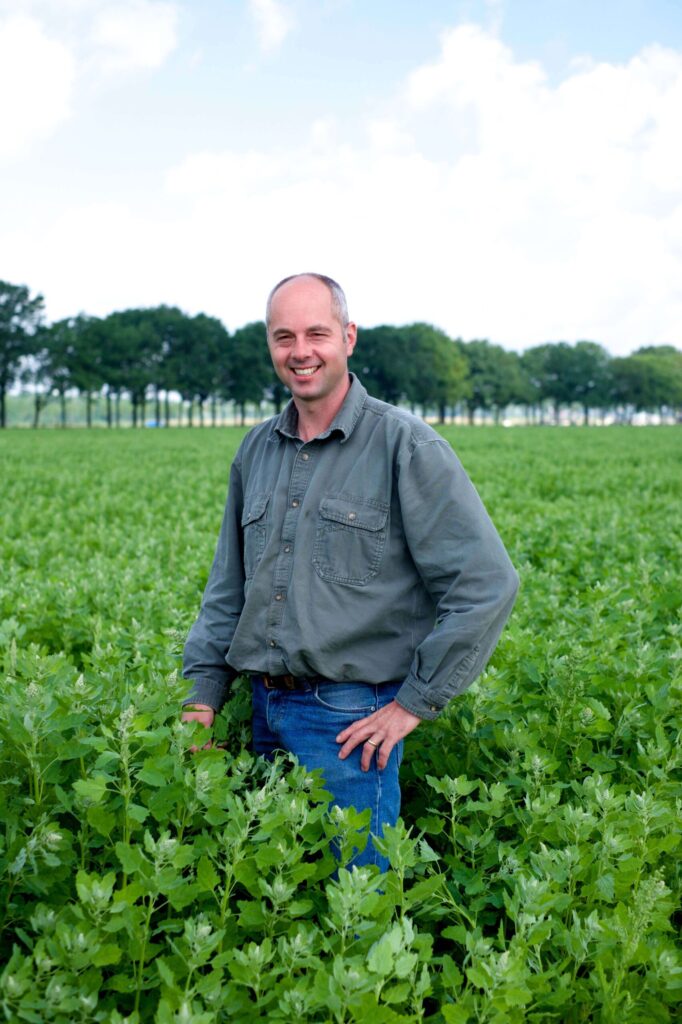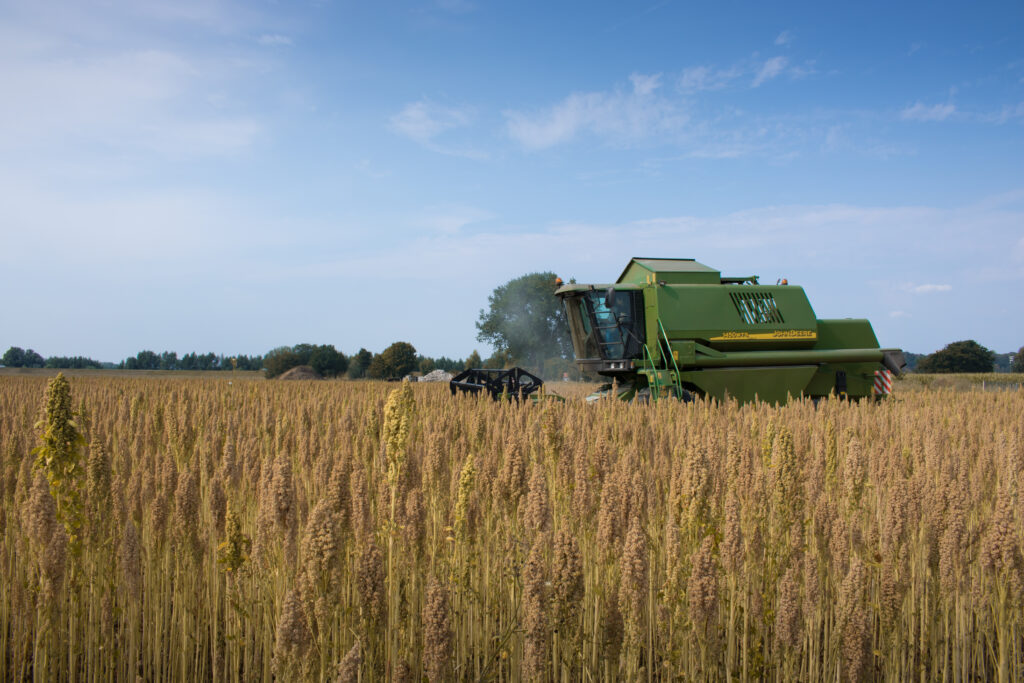Zoeken
Local Cultivation
Our quinoa is grown locally in The Netherlands and Belgium, without pesticides, using low-saponin quinoa varieties. Want to know how we do this? Read on!
Benelux
Our quinoa is grown locally
Our dedicated group of experienced growers cultivate quinoa in the Netherlands and Belgium since 2014.
They use new quinoa varieties developed for the European climate by Wageningen University & Research (using classical breeding techniques). We are the exclusive license holder of these new varieties in the Netherlands, Belgium and Luxembourg.
The introduction of these new quinoa varieties not only provides our growers with an economically viable new crop option but also promotes local cultivation, reducing the need for extensive transport and supporting sustainable agricultural practices.
Learn more about our Dutch cultivation on our website:


Resilient farming
Future proof crop
One of the benefits of quinoa is that the crop is adapted to a wide range of adverse environmental conditions such as drought and saline soil. Moreover, quinoa plants require little water during the summer period, which is a huge advantage with the ongoing climate change.
Quinoa gives our growers a new sustainable crop option, especially in regions where growing staple crops becomes increasingly challenging due to salinization and drought, such as on some parts the Dutch and Belgian North-Sea coast.
This fortifies the livelihood of the growers and promotes agricultural resilience.
Wageningen varieties
Low-saponin quinoa
The new Wageningen quinoa varieties we use offer two key benefits:
-
- Very low saponin content (<0.11%, below the detectable taste threshold) – Saponin is a bitter, soap-like substance that naturally protects quinoa seeds in the Andes from birds and insects during the growing season. Our varieties have a significantly reduced saponin level, which means the outer layer doesn’t need to be removed, allowing our quinoa to remain whole grain.
- Adaptation to the local climate – These new varieties are specifically designed to thrive in the European climate. This adaptation allows for sustainable local cultivation, reducing the need for long-distance transport.

Sustainability
All our quinoa is grown without pesticides
Both our conventional and organic quinoa are grown without pesticides. We thereby prioritize environmental sustainability and the protection of beneficial insects such as ladybugs, which serve as natural pest controllers.

Sustainability
Regenerative agriculture practices
Our growers are committed to regenerative agriculture and nature-inclusive practices, which aim to preserve and enhance the land for future generations. These practices focus on restoring and improving soil health, biodiversity, and ecosystem resilience.
- Protecting biodiversity: We grow quinoa without pesticides, which contributes to soil health, biodiversity and the protection of our water resources.
- Improving soil health: The leaves and stem material of the quinoa plants remain on the land after harvest. This increases the organic matter content of the soil, which improves soil health and biodiversity.
- Low-intensity crop: Quinoa is a low-intensity crop, which makes it a valuable addition to crop rotations as it improves soil quality.
- Crop rotation: We implement crop rotation to maintain soil fertility and enhance ecosystem resilience.
- Diversification: By introducing quinoa as a new crop alternative, we support local farmers and promote agricultural variety.
- Cover crops: Using cover crops helps prevent soil erosion, provide additional nutrients, and contribute to overall ecosystem health.

“We are pioneering the biodynamic cultivation of new crops such as quinoa. A living soil passes on life, so that everyone can enjoy healthy plant-based food with respect for people and nature. “

André Jurrius
Quinoa grower since 2015

The cultivation process
From sowing to harvest

Soil preparation
The soil is enriched and prepared to ensure optimal growing condition for quinoa.

Sowing
Quinoa seeds are sown in rows, typically in April or May. Tiny seedlings emerge 5-30 days later.

Early growth
First, the quinoa plant mainly focusses on developing a deep root system, enhancing its drought resistance for later on.

Vegetative growth
The plant grows rapidly, forming a dense canopy that shades out competing weeds.

Flowering
About three months after sowing, quinoa produces plumes filled with tiny flowers, which will become the seeds.

Seed filling
The seeds grow and change from green to blond or red. This period ends with the yellowing of the plume.

Ripening
In summer the plumes dry, seeds harden and leaves rapidly age as the plant ripens.

Harvest
When the seeds and plant have dried sufficiently, harvest takes place, usually in late August

